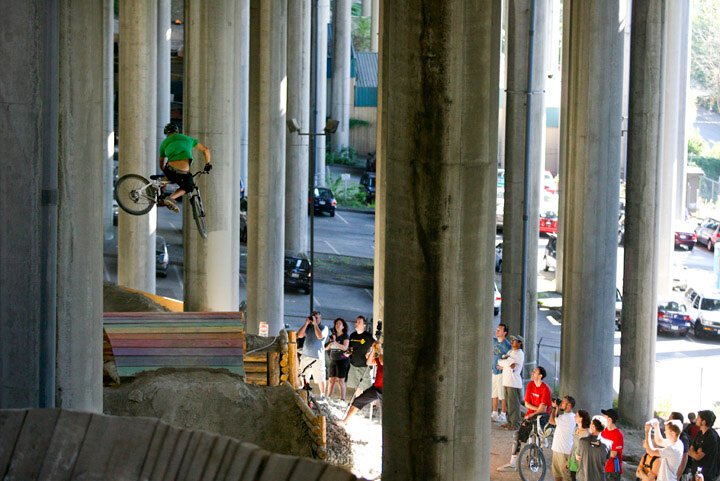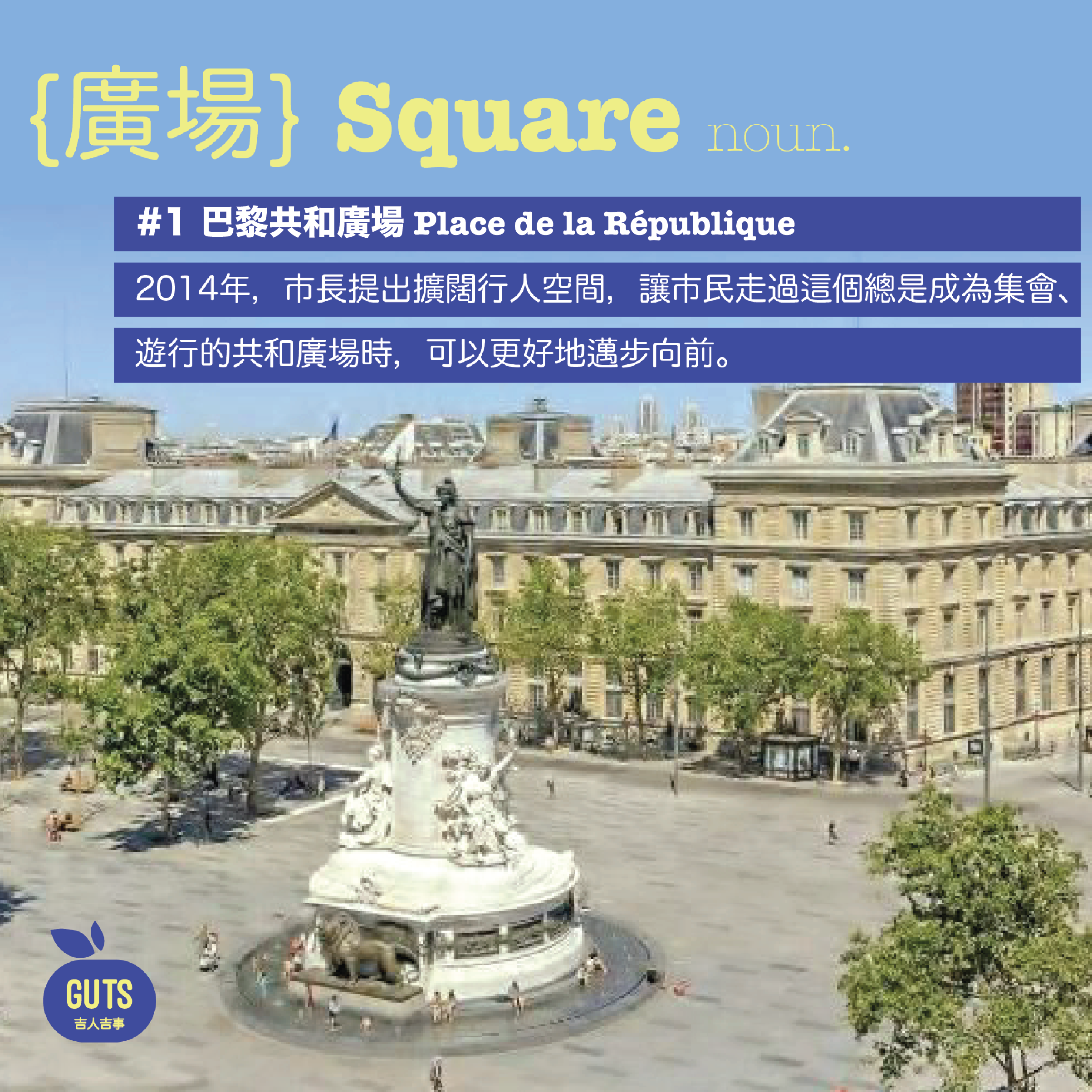毋懼暴雨 把城巿變成吸水海綿|Sponge City: Resilient to rain and storm







夏天,為大地帶來雨水,但在發達城巿,暴雨未必能滋養土地,反而造成嚴重災禍。全球不少城巿都面對同樣的挑戰,要長遠解決問題,各地吉人近年有一個嶄新的雨洪管理概念,從城巿設計著手、陸續發展「海綿城巿」——城巿不止要增加排水力,還要增加「吸水力」﹗
在一般的情況下,下雨時,雨水會被土地吸收,滲進泥土後經過沙泥過濾,再成為潔淨的地下水。但隨著城巿發展,土地被不透水的石屎大規模覆蓋,雨水無法經自然的途徑流進土地。為排走雨水,城巿於地下建有大型的去水管道,但這樣做一來無法應付突如其來的暴雨洪水,同時令天然的地下水愈來愈少,影響原有大自然的自我調節和整個地域生態。
海綿城巿的概念,正是要把路面與排水方式撥亂反正、重新設計,研究如何把城巿變成會吸水的海綿,而不是在下雨時馬上排走雨水。
荷蘭的鹿特丹,是最早發展海綿城巿的地方之一,方法是在城巿中盡一切可能找可以儲水或「吸水」的地方。其中,最觸目的改造,是把巿中心的廣場「下沉」至低於車路,在風和日麗的日子,市民可照常在廣場休憩,但一旦下大雨,在水平線以下的廣場就成了巿中心巨大的蓄洪池。單是建造巿中心的蓄洪池也未夠,鹿特丹也在巿區增加不少可以「吸水」的綠面積,例如鼓勵屋主把石屎屋頂改裝成栽種植物的綠色屋頂,雖然每幢建築物在大雨時吸水不多,但累積起來,已可以減少部分地面排水的負荷。
除了蓄洪池、綠化屋頂外,另一個重要的範疇是研發可以吸水的透水性路面,讓道路繼續安全地承載繁忙的交通,更可以透過滿佈路面的小孔,讓雨水滲進地下、流到泥土或公園,減輕引水道的負荷。這種引進透水技術的道路,不少國家已開始鋪設。2017年,三藩巿在八條街道換上透水路面,剪綵示範時,灑水車噴在路面的水,不消數秒就全滲進地下。
氣候變化導致極端天氣,香港在太平洋鄰近地區,最高降雨量的城巿之一,排水設施需求愈來愈大,與其無止境增建偉大壯觀的排水基建,不如把我們的城巿設計概念回到基本,借鏡大自然原本的操作方法,學習與天氣變化共存?
相片來源:網上圖片、 De Urbanisten、RDC、Urban Green-Blue Grids
地點:鹿特丹、三藩巿、香港
Sponge City: Resilient to rain and storm
Climate change is real and along with it comes extreme weather conditions. While rainwater nourishes the soil in nature, heavy rainstorm brings about damages and disasters to our man-made surroundings. This calls for forward-thinking and resilient GUTSMANS around the world to come up with a new concept of urban design, turning cities into ‘giant sponges’ by utilizing new rainwater management systems to harvest, clean and reuse rainwater ecologically.
A sponge city is a contrast to conventional urban city with its roads covered with impenetrable concrete. Impermeable city does not allow any water to filter through the ground, instead relies on underground water pipes to discharge rainwater. This kind of city is under the threat of catastrophic flooding in case of sudden, extreme weather. Other major problems that come with impermeable cities include water pollution, groundwater runoff, etc.
As the name suggested, sponge city is designed to soak up as much extra water as possible, with a combination of utilities such as storage tunnels, permeable pavements, rain gardens, etc. In Netherlands, the city of Rotterdam is one of the earliest sponge cities in the world. The most striking idea is the design of a ‘water plaza’ in the city centre, which is deliberately sunken to allow rainwater to flood in at times of heavy rain. The ‘water plaza’ is functioned as a public square during dry seasons, but on particularly rainy days, overflown rainwater from surrounding streets will be directed into the square. On top of introducing a water plaza, Rotterdam also encouraged its citizens to build rooftop gardens to help absorbing water during heavy rain.
Another important feature of a sponge city is permeable pavement that helps to drain water to the soil underneath. The permeable feature allows the roads to serve another layer of function on top of being just a pathway for traffic, it can also help to absorb and filter the rainwater. In 2017, the city of San Francisco has replaced the surface of 8 roads with permeable materials. During its opening ceremony, the public gets to witness together how powerful the new pavement can be as it took no time to absorb the water discharged onto the surface by a sprinkler truck.
Situated within the sub-tropical zone as one of the cities with the highest rainfall in the Asia Pacific region, Hong Kong has to be adaptive and forward-thinking when it comes to issues surrounding climate changes. It is time for Hong Kong to learn to humbly work with the nature, not against it.
Photo source: Internet, De Urbanisten, RDC, Urban Green-Blue Grids
Location: Rotterdam, San Francisco, Hong Kong
你可能對以下吉人吉事有興趣:
You may also be interested in these GUTS Stories:
















